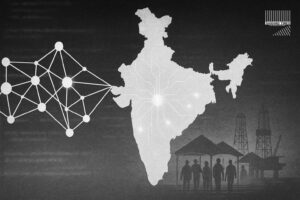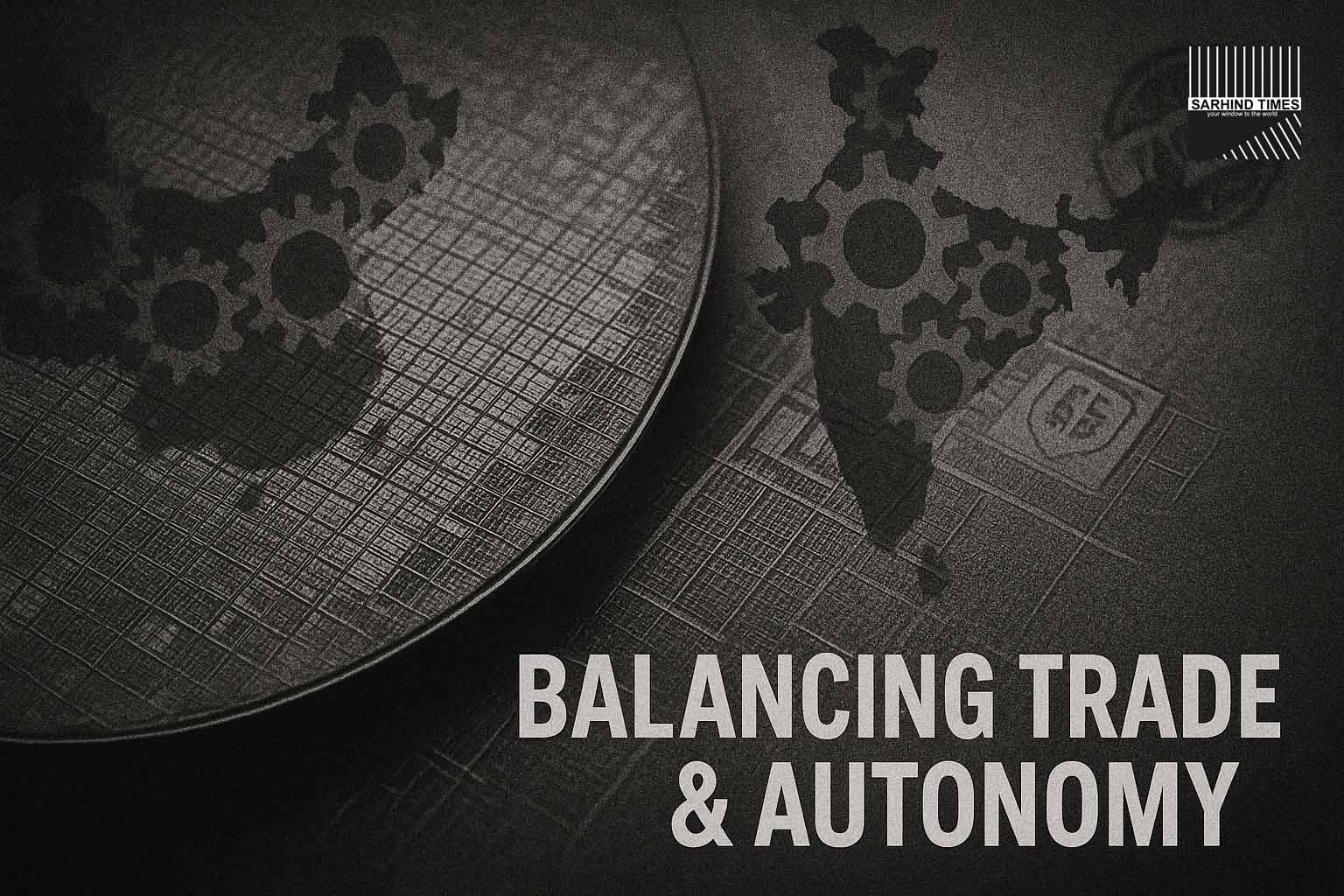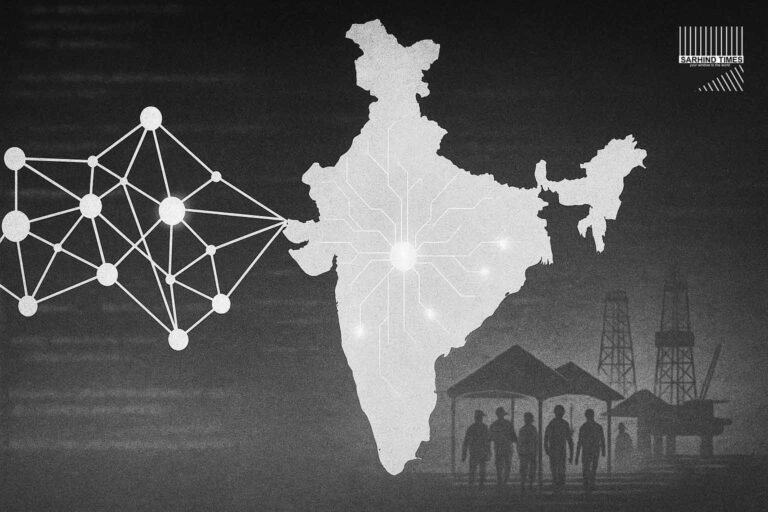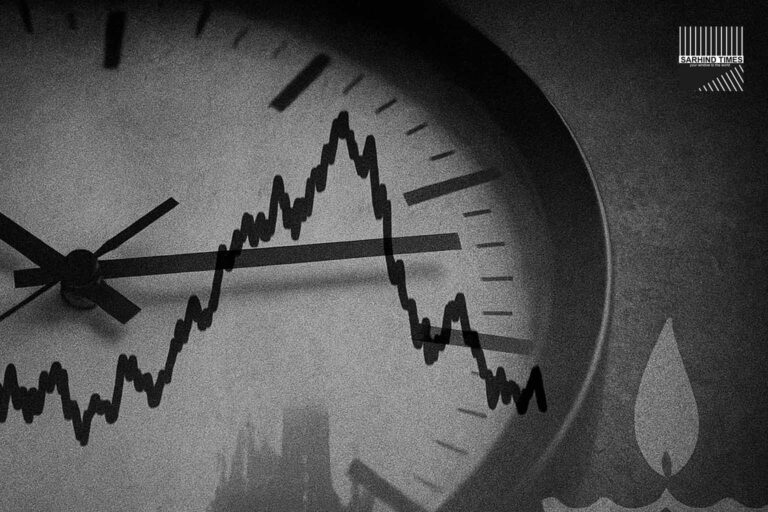New Delhi, October 17, 2025 — As India’s industrial backbone strains under restrictive trade rules, the government is reportedly considering calibrated relaxation of some import curbs on Chinese inputs. The move, emerging from internal discussions, marks a subtle pivot: away from rigid protectionism toward a more pragmatic model of selective openness. Still, policymakers stress that this is not a retreat from self-reliance but a recognition that global supply chains remain deeply embedded in India’s industrial matrix.
With sectors from electronics to renewables depending heavily on Chinese components, ministers and commerce officials have flagged the risk of bottlenecks, cost escalation and supply gaps. Any easing would likely be surgical—limited to critical inputs for which local substitutes are not yet viable—even as incentives and licensing rules continue to press for domestic value addition and eventual substitution.
Why Easing Now? The Industrial Imperative
India’s push to “de-risk” from China has been strong since 2020. But dependence persists in categories such as semiconductors, inverter components, specialty chemicals, and advanced electronics assembly. Analysts say overly tight curbs carry real economic risks: stalled ramp-ups, higher input costs, and disincentives for export competitiveness.
As one government official noted, China exports inputs at often zero duty to countries like Vietnam, putting Indian manufacturers at a disadvantage if India continues to impose tighter trade remedies.
India imported about $91 billion worth of goods from China over the first nine months of 2025 (exports to China being only ~ $15 billion), widening the trade deficit. Some of that is in raw material and intermediate goods.
The logic behind easing: allow minimal, targeted inflows that lubricate production lines, while ensuring that the broader policy direction—boosting indigenous capacity—remains intact.
What Measures Are Under Consideration
Sources say a few of the possible changes include:
- Letting anti-dumping duties lapse on specific items such as chassis beams, steering parts, or polyester yarns.
- Cutting or rationalizing tariffs on raw materials in sectors like leather, engineering, consumer electronics, where local capacity is constrained.
- Extending or simplifying advance authorisations or input duty-remission schemes (already, some authorisations were extended from 180 days to 18 months for Chinese inputs).
- Conditional exemptions in cases where national security risks are assessed to be low.
- Not renewing anti-dumping duties in certain lines where local industry cannot immediately absorb replacements.
Still, the final authority lies with the Finance Ministry and Revenue Department in terms of tariff changes, which can be politically and technically sensitive.
Risks and Tradeoffs: Autonomy vs. Efficiency
Strategic Autonomy vs. Supply Dependence
Relaxation inevitably raises questions about strategic resilience. Critics might interpret it as weakening of India’s posture toward China. But government insiders argue that denying practicality for ideology could stunt industry and exports.
Local Industry Pressures
Manufacturers of inputs and substitutes—especially in nascent domains—may resist easing, fearing loss of protection. They will press for sunset clauses, safeguards, or conditional triggers.
Revenue Spill & Trade Remedies
Tariff cuts or anti-dumping lapses will reduce revenue collections and potentially expose Indian firms to unfair competition. The Trade Remedies Authority of India (TRAI) may continue new probes in adjacent lines.
Timing & Signalling
If relaxation is too aggressive or poorly timed, it could signal policy flip-flops, injecting market uncertainty or undermining investor confidence in make-in-India commitments.
Comparative Case Studies & Global Context
Many economies practice “critical import carve-outs” even under protectionist regimes, especially in high-tech and intermediate goods. Allowing strategic flexibility doesn’t always imply abandonment of broader goals.
In 2025, for instance, India imposed restrictions on China’s rare earth exports—prompting New Delhi to accelerate domestic rare earth initiatives. The balancing act now is to manage imports until domestic capacity matures.
Separately, private coal power firms have recently lobbied for easing equipment imports from China, arguing domestic vendors can’t match price and speed. That case mirrors the broader tension between strategic intent and industrial practicality.
India’s involvement in the Supply Chain Resilience Initiative (with Japan & Australia) also affirms the need to diversify dependencies rather than defaulting to extremes.
Voices & Commentary
From industry insiders:
“We don’t seek blanket import liberalisation. We want targeted relief in areas where Indian substitute is months or years away,” said one electronics sector executive.
From a government policy source:
“This is not about abandoning self-reliance, but about sequencing—let the factory run while we build alternatives.”
From trade analysts:
“India’s competitiveness in the global market depends on cost control. If raw materials remain expensive or restricted, firms will move or import via third countries.”
Potential Impact & What to Monitor
- Short-term relief in costs and reduced production delays in sectors like electronics, engineering, leather
- Margin stabilization for exporters adversely hit by input inflation
- Boost to export competitiveness, especially where China’s low-cost inputs had given regional rivals an edge
- Growing pressure on local upstream firms to scale, invest in R&D, and catch up
- Incremental policy shifts: tariff rationalisations, better duty-remission schemes, input-linked subsidies
- Watch items: anti-dumping lists, tariff schedules, changes in customs notifications, trade remedy investigations
Track these outputs:
- Official Gazette notifications on tariffs / duties
- Finance Ministry / Commerce Ministry releases
- Reactions from industry bodies like CII, FICCI, EEPC
- Trade remedy authority (DGTR) activity
Narrative Implications: Strategy & Credibility
The possible easing reflects a broader reality: the push for economic sovereignty must coexist with global integration. India is navigating a complex line—asserting industrial autonomy while acknowledging dependencies inherited or structural.
If carried well, the shift can enhance policy credibility, showing that governance is responsive and adaptive, not dogmatic. If mishandled, it may feed criticism of inconsistency or political expedience.
Conclusion
India’s consideration of easing select Chinese import curbs signals a strategic inflection point. The move is not an abandonment of self-reliance but an evolving recognition: economies cannot be built in isolation. By threading the needle — allowing critical inputs, maintaining oversight, and accelerating substitute capacity — India may sustain momentum in its manufacturing and export ambitions without ceding long-term autonomy.
In the coming weeks, policy choices, industry responses and trade signals will reveal whether India can marry pragmatism with principle. #Trade #ChinaImports #Manufacturing #PLI #SupplyChains #AtmanirbharBharat #IndustrialPolicy #GlobalIntegration






















+ There are no comments
Add yours